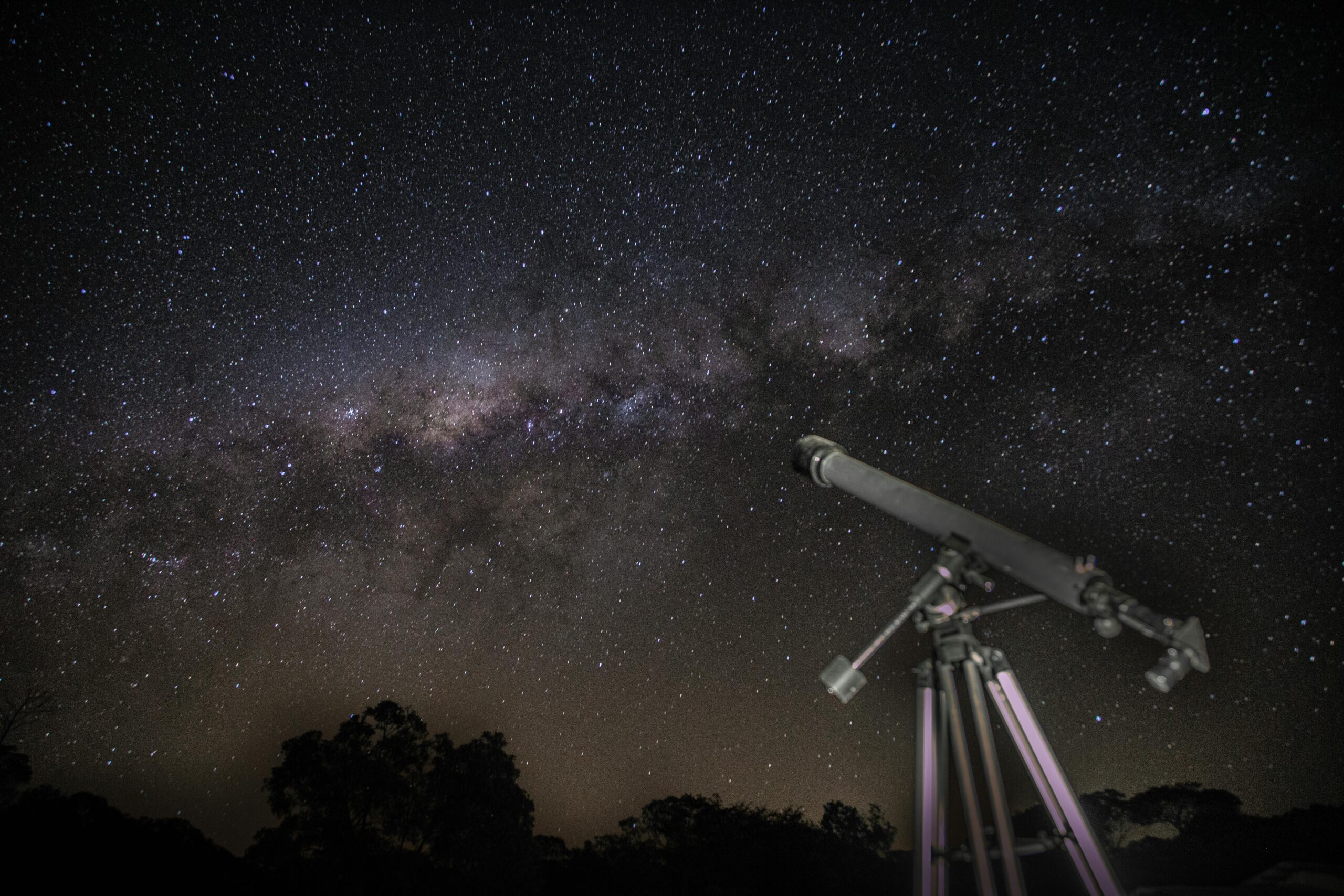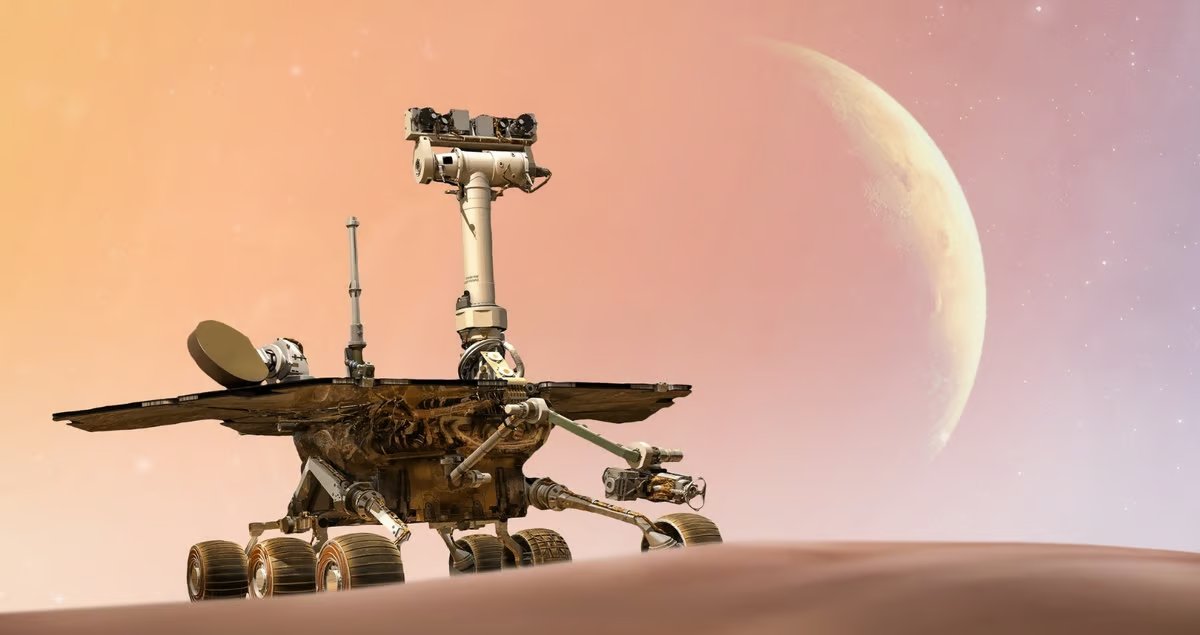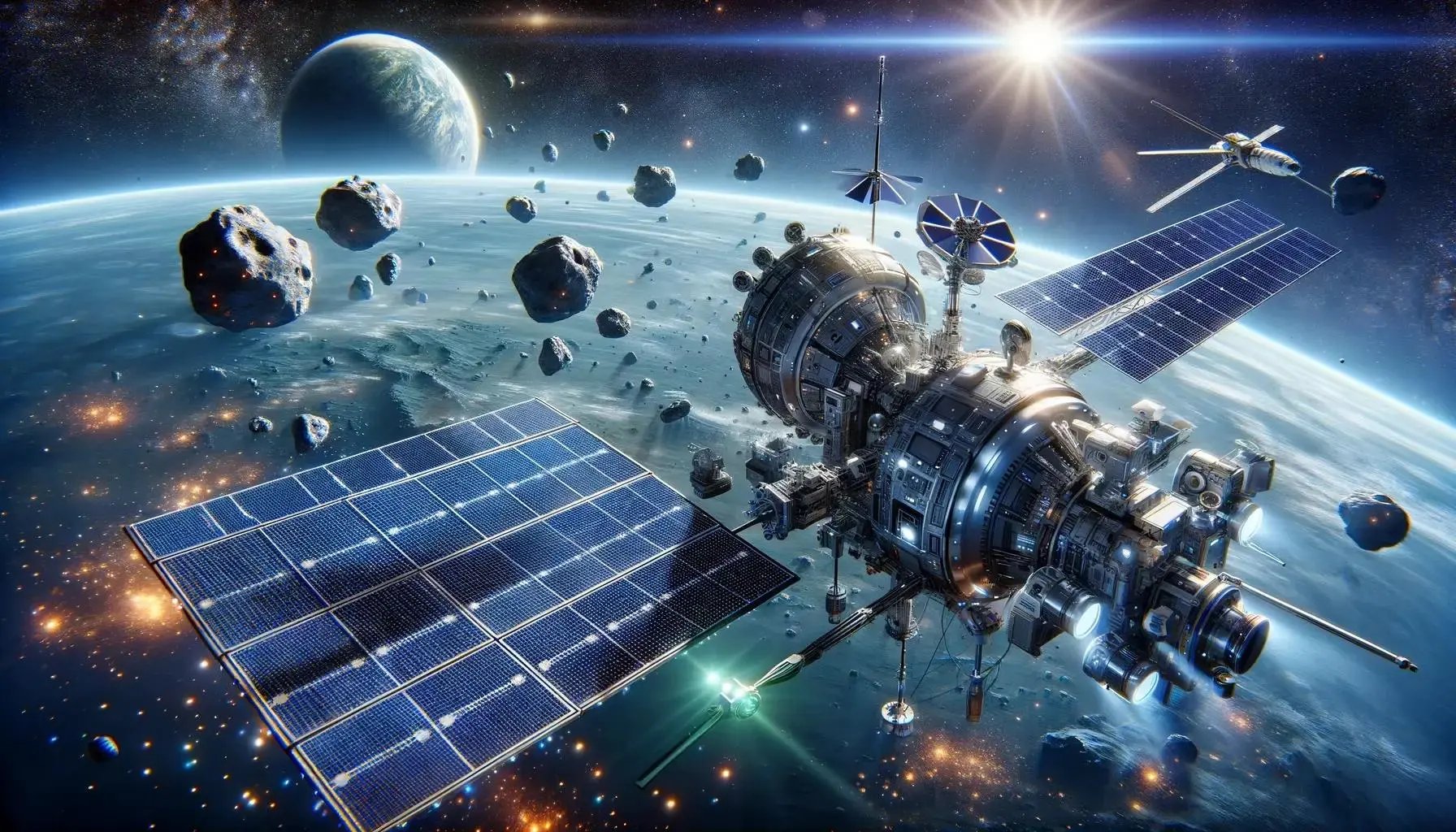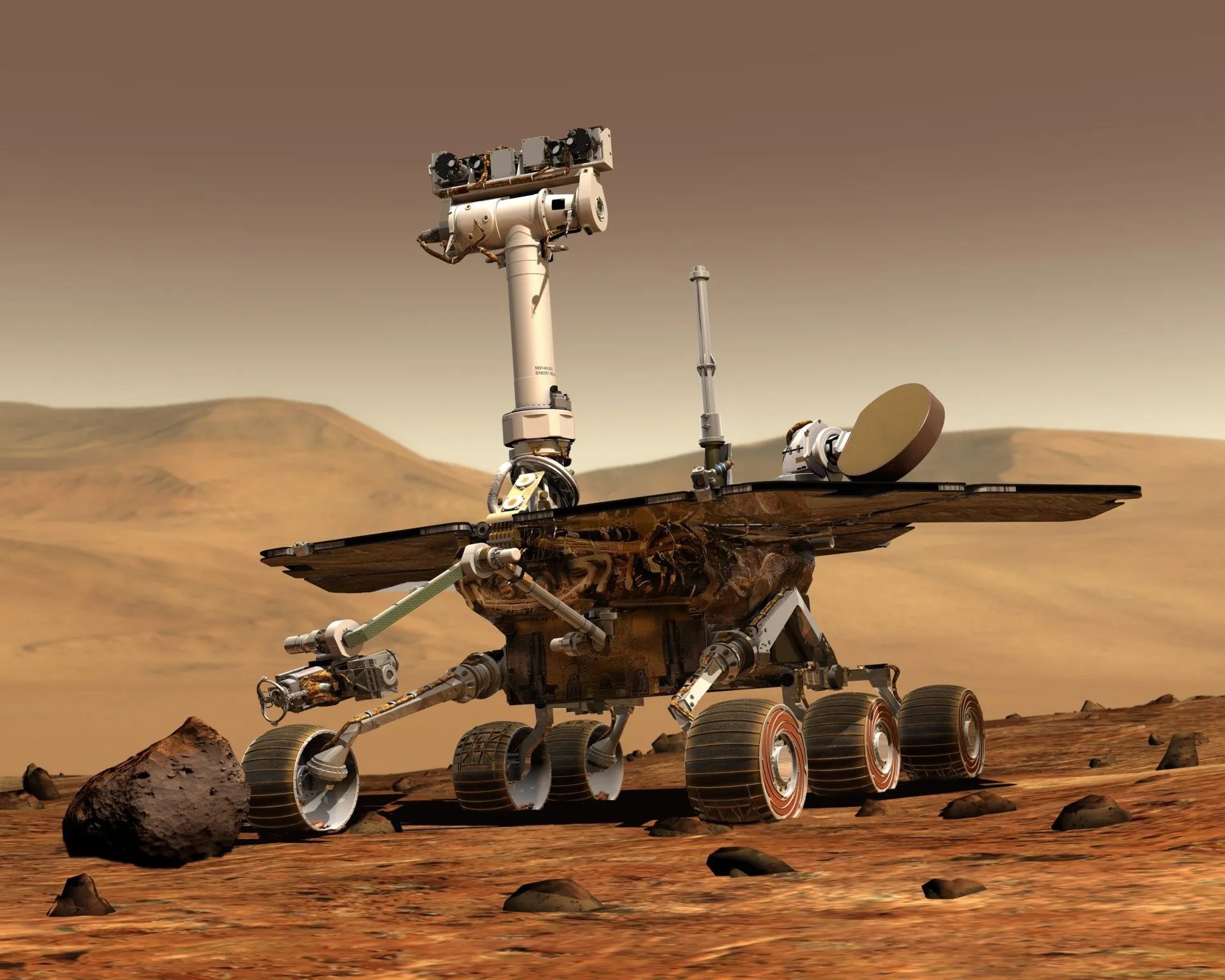Artificial Intelligence (AI) is transforming the way we explore and understand the universe. AI is essential for space exploration. It helps with everything from autonomous spacecraft to smart data analysis. AI is transforming space research. As missions get more complex and data grows, it helps scientists and engineers tackle challenges. They can optimise operations and make exciting discoveries.
This article looks at how AI is changing space exploration. We’ll discuss its effects on astronomical research and what machine learning means for astronomy and autonomous spacecraft in the future.
AI-Powered Space Missions
Autonomous Spacecraft and Rovers
One of the most exciting applications of AI in space research is the development of autonomous spacecraft and robotic explorers. Traditional space missions depend on mission control for instructions. But AI allows spacecraft and rovers to make real-time decisions. This reduces the need for human help.
- NASA’s Perseverance Rover: This Mars rover uses AI and computer vision. It navigates rocky terrains, analyses soil samples, and prioritises scientific goals.
- ESA’s Hera Mission: Hera is part of the planetary defence initiative. It will use AI to navigate the Didymos asteroid system on its own. Also, it will analyze surface structures in real-time.
- Future Missions: NASA, SpaceX, and Blue Origin are building AI-powered landers. These will support settlements on the Moon and Mars.
AI boosts mission efficiency and success by letting autonomous spacecraft handle unexpected situations. This means they don’t have to wait for slow responses from Earth.
AI and Machine Learning in Astronomical Research

Analyzing Vast Amounts of Space Data
Space telescopes, such as the James Webb Space Telescope (JWST) and the Hubble Space Telescope, produce a lot of data. Machine learning in astronomy lets scientists handle huge datasets better than old methods.
- Identifying Exoplanets: AI algorithms examine light curves from telescopes. They look for small dips in brightness. These dips suggest there are exoplanets nearby. NASA’s TESS mission has found more than 5,000 exoplanet candidates. It used machine learning techniques for this discovery.
- Galaxy Classification: AI models learn from thousands of images. They classify galaxies by their shapes and structures. This helps astronomers grasp how the universe has evolved.
- Supernova Detection: AI scans the night sky for sudden brightness changes. It spots potential supernova explosions before they fade.
AI speeds up discoveries by automating processes. This lets scientists focus on understanding results instead of wasting hours sorting data manually.
AI in Spacecraft Navigation and Communication
Enhancing Deep-Space Navigation
AI is key for better accuracy and reliability in spacecraft navigation. This is especially true for long missions to faraway planets and beyond.
- Autonomous Star Trackers: AI-powered star trackers help spacecraft find their position using star patterns. This means they don’t need to keep in touch with Earth all the time.
- AI-Powered Trajectory Optimization: Machine learning predicts how celestial bodies affect flight paths. This allows for real-time course changes while using less fuel.
- Predictive Maintenance: AI watches spacecraft health. It checks sensor data and spots possible failures early. This helps missions last longer.
These innovations make space missions more reliable and cheaper. They also allow us to explore further into space.
AI in Space Robotics and Colonization Efforts

AI-Driven Robotic Assistance
AI will be crucial for longer space missions and colonising the Moon and Mars. It will help automate tasks that require a lot of labour.
- Robotic Arms and Assistants: AI robots like NASA’s Robonaut and ESA’s Justin help astronauts. They assist with repairs, tool handling, and experiments.
- Automated Construction: AI-powered 3D printing robots can create shelters on the Moon and Mars. They use local materials, so we need less help from Earth.
- Smart Life Support Systems: AI helps manage resources by controlling oxygen levels, temperature, and water recycling in closed habitats.
These advancements will be critical in sustaining long-term human presence beyond Earth.
AI and the Search for Extraterrestrial Life
AI-Powered Signal Detection
One of the biggest questions in machine learning for astronomy is whether life exists beyond Earth. AI is greatly helping the search for extraterrestrial intelligence (SETI). It analyses signals from space better than ever.
- FRB Detection: AI algorithms analyze radio signals from telescopes, like the Green Bank Telescope. They look for signals that might come from intelligent extraterrestrial civilizations.
- Analysing Chemical Signatures: AI helps scientists examine planetary atmospheres for biosignatures—chemical indicators of possible life.
- Mars and Europa Exploration: AI systems study subsurface data from missions. They analyse information from the Perseverance Rover on Mars. Future probes will also explore Jupiter’s icy moon, Europa, looking for microbial life.
These efforts bring us closer to answering one of the most profound questions in science: Are we alone in the universe?
Future of AI in Space Exploration

AI-Powered Space Stations and Habitats
In the coming decades, AI will be central to operating space habitats, whether on the Moon, Mars, or in deep space. AI will manage daily operations, monitor astronaut health, and ensure efficient use of resources.
- AI Medical Help: Smart systems will aid astronauts in medical emergencies. They can respond without waiting for guidance from Earth.
- AI Farming: Smart hydroponic and aeroponic methods will enable sustainable food growth in space habitats.
- Automated Maintenance: AI predicts and fixes technical issues before they get serious. This keeps missions running smoothly.
AI’s Role in Interstellar Exploration
In the future, AI will play a key role in exploring space. Human help won’t be possible because of the vast distances involved.
- Self-Learning Probes: AI probes, such as Breakthrough Starshot, can use machine learning. They adapt to new conditions while travelling beyond our solar system.
- Quantum AI for Space Research: Quantum computing and AI could reveal new insights into physics, space-time, and the universe’s core nature.
- AI in Terraforming Mars: Future AI projects may study the Martian climate. They could help create long-term plans to change the planet’s atmosphere. This would make Mars more livable for humans.
AI in Space Exploration: How Artificial Intelligence is Transforming Our Journey Beyond Earth
The role of AI in space research is rapidly expanding, revolutionising how we explore and understand the universe. From autonomous spacecraft that navigate distant planets to machine learning for astronomy that processes vast amounts of cosmic data, AI is proving to be an indispensable tool in space exploration.
AI will help us build lunar bases, and Martian settlements, and even travel between stars. It will keep expanding what’s possible for our future. Advancements in AI, machine learning, and robotics are changing everything. We’re now in a new era of discovery. Intelligent machines will help humanity explore the stars.
What do you think about the role of AI in space? Share your thoughts in the comments below!


